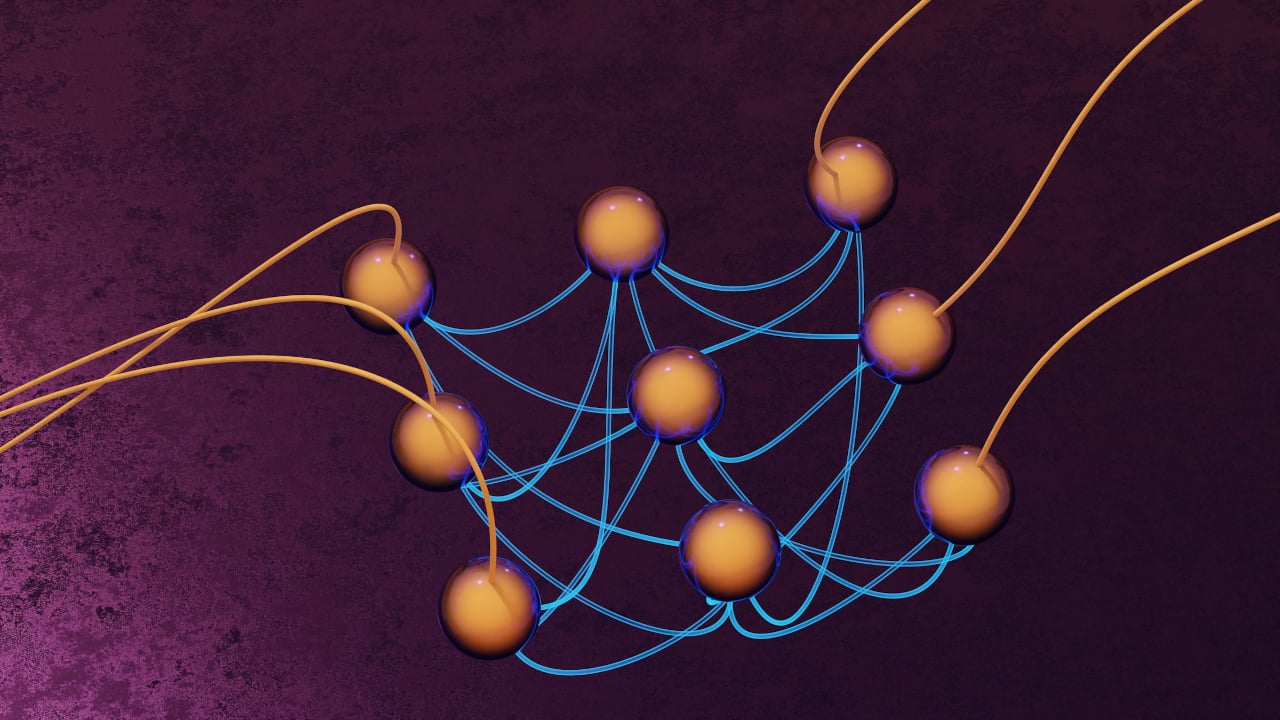提示策略增强了智能体的推理能力,有助于解决 AI 应用中的问题。我们将向您展示如何实现。
译自 How To Add Reasoning to AI Agents via Prompt Engineering,作者 Janakiram MSV。
在我们之前的AI 智能体架构探索中,我们讨论了角色、指令和记忆的核心组成部分。现在,我们将深入探讨不同的提示策略如何增强智能体的推理能力,使其在解决问题的方法上更加有条理和透明。
有效的提示工程技术已被证明对于帮助大型语言模型 (LLM) 生成更可靠、结构化和推理良好的响应至关重要。这些技术利用以下几个关键原则:
- 逐步分解:将复杂的任务分解成更小、更易于管理的步骤,有助于 LLM 更系统地处理信息,减少错误并提高逻辑一致性。
- 明确的格式指令:提供清晰的输出结构指导模型组织其思路,并以更易于理解的格式呈现信息。
- 自我反思提示:鼓励模型回顾自身的推理过程,有助于发现潜在的错误并考虑不同的视角。
- 情境框架:提供具体的框架(例如“分析优缺点”或“考虑多种情况”)有助于模型从不同的角度处理问题。
这些技术构成了我们已实现的推理策略的基础,每种策略都旨在利用 LLM 能力的不同方面,同时保持响应的一致性和可靠性。
虽然基本的智能体可以直接处理任务,但高级推理需要结构化的方法来解决问题。该实现使用策略模式来定义不同的推理框架。让我们看看这些策略在我们增强的智能体架构中是如何定义的:
class ExecutionStrategy(ABC):
@abstractmethod
def build_prompt(self, task: str, instruction: Optional[str] = None) -> str:
"""Build the prompt according to the strategy."""
pass
@abstractmethod
def process_response(self, response: str) -> str:
"""Process the LLM response according to the strategy."""
pass这个抽象基类为实现各种推理策略提供了基础。每种策略都提供了一种独特的方法来:
- 构建解决问题的过程;
- 分解复杂的任务;
- 组织智能体的思维过程;以及
- 确保对问题的全面考虑。
让我们更仔细地看看三种不同的技术:ReAct、思维链和反思。该框架也易于添加其他技术。
ReAct 策略(Reasoning and Action)实现了思想、行动和观察的循环,使智能体的决策过程明确且可追溯。以下是它的实现方式:
class ReactStrategy(ExecutionStrategy):
def build_prompt(self, task: str, instruction: Optional[str] = None) -> str:
base_prompt = """Approach this task using the following steps:
1) Thought: Analyze what needs to be done
2) Action: Decide on the next action
3) Observation: Observe the result
4) Repeat until task is complete
Follow this format for your response:
Thought: [Your reasoning about the current situation]
Action: [The action you decide to take]
Observation: [What you observe after the action]
... (continue steps as needed)
Final Answer: [Your final response to the task]
Task: {task}"""此策略确保:
- 明确的推理:思维过程的每个步骤都清晰地表达出来。
- 基于行动的方法:决策与具体的行动联系在一起。
- 迭代改进:解决方案通过多次观察和调整循环而发展。
思维链策略将复杂的问题分解成可管理的步骤,使推理过程更加透明和可验证。以下是它的样子:
class ChainOfThoughtStrategy(ExecutionStrategy):
def build_prompt(self, task: str, instruction: Optional[str] = None) -> str:
base_prompt = """Let's solve this step by step:
Task: {task}
Please break down your thinking into clear steps:
1) First, ...
2) Then, ...
(continue with your step-by-step reasoning)
Final Answer: [Your conclusion based on the above reasoning]"""
return base_prompt这种方法提供:
- 通过复杂问题的线性进展;
- 步骤和结论之间的清晰联系;
- 更易于验证推理过程;以及
- 更好地理解结论是如何得出的。
反思策略增加了一个元认知层,鼓励智能体检查自身的假设并考虑替代方法。代码如下:
class ReflectionStrategy(ExecutionStrategy):
def build_prompt(self, task: str, instruction: Optional[str] = None) -> str:
base_prompt = """Complete this task using reflection:
Task: {task}
1) Initial Approach: - What is your first impression of how to solve this? - What assumptions are you making?
2) Analysis: - What could go wrong with your initial approach? - What alternative approaches could you consider?
3) Refined Solution: - Based on your reflection, what is the best approach? - Why is this approach better than the alternatives?"""
return base_prompt这些策略通过工厂模式和策略设置器无缝集成到智能体架构中:
class Agent:
@property
def strategy(self) -> Optional[ExecutionStrategy]:
return self._strategy
@strategy.setter
def strategy(self, strategy_name: str):
"""Set the execution strategy by name."""
self._strategy = StrategyFactory.create_strategy(strategy_name)执行流程包含所选策略:
def execute(self, task: Optional[str] = None) -> str:
if task is not None:
self._task = task
messages = self._build_messages()
try:
response = client.chat.completions.create(
model=self._model,
messages=messages
)
response_content = response.choices[0].message.content
# Process response through strategy if set
if self._strategy:
response_content = self._strategy.process_response(response_content)以下是这些策略在实践中的使用方法:
from agent import Agent
def main():
# Initialize the agent
agent = Agent("Problem Solver")
# Configure the agent
agent.persona = """You are an analytical problem-solving assistant.
You excel at breaking down complex problems and explaining your thought process.
You are thorough, logical, and clear in your explanations."""
agent.instruction = "Ensure your responses are clear, detailed, and well-structured."
# Define the park planning task
park_planning_task = """
A city is planning to build a new park. They have the following constraints:
- Budget: $2 million
- Space: 5 acres
- Must include: playground, walking trails, and parking
- Environmental concerns: preserve existing trees
- Community request: include area for community events
How should they approach this project?"""
# Display available reasoning strategies
print("Available reasoning strategies:", agent.available_strategies())
print("\n" + "="*50)
# Test ReAct strategy
print("\n=== Using ReAct Strategy ===")
agent.strategy = "ReactStrategy"
agent.task = park_planning_task
response = agent.execute()
print(f"\nTask: {park_planning_task}")
print("\nResponse:")
print(response)
print("\n" + "="*50)
# Test Chain of Thought strategy
print("\n=== Using Chain of Thought Strategy ===")
agent.clear_history() # Clear previous interaction history
agent.strategy = "ChainOfThoughtStrategy"
agent.task = park_planning_task
response = agent.execute()
print(f"\nTask: {park_planning_task}")
print("\nResponse:")
print(response)
print("\n" + "="*50)
# Test Reflection strategy
print("\n=== Using Reflection Strategy ===")
agent.clear_history() # Clear previous interaction history
agent.strategy = "ReflectionStrategy"
agent.task = park_planning_task
response = agent.execute()
print(f"\nTask: {park_planning_task}")
print("\nResponse:")
print(response)
print("\n" + "="*50)
if __name__ == "__main__":
main()此实现允许:
- 灵活的策略选择:针对不同类型的任务采用不同的推理方法。
- 一致的格式:无论选择哪种策略,输出结构都一致。
- 清晰的推理轨迹:对问题解决过程进行透明的记录。
- 策略比较:轻松评估对同一问题的不同方法。
这些推理策略的实现带来了几个关键优势:
- 增强的问题解决能力:多种方法来处理复杂的任务。
- 改进的透明度:清晰地了解智能体的推理过程。
- 更好的验证:更容易验证智能体的结论。
- 灵活的架构:易于添加新的推理策略。
框架的完整源代码可在GitHub 仓库中找到。
虽然这些推理策略显著增强了智能体的能力,但未来仍有几个改进方向:
- 基于任务类型动态选择策略;
- 结合多种策略的混合方法;
- 增强每个策略中的错误处理;以及
- 基于指标的策略有效性评估。
结构化推理策略与智能体现能力的结合,创造了一个更强大、更通用的系统,能够处理复杂问题,同时保持其决策过程的透明性和可靠性。
在本系列的下一部分,我们将为智能体添加长期记忆,使它们能够暂停和恢复任务。敬请期待。
